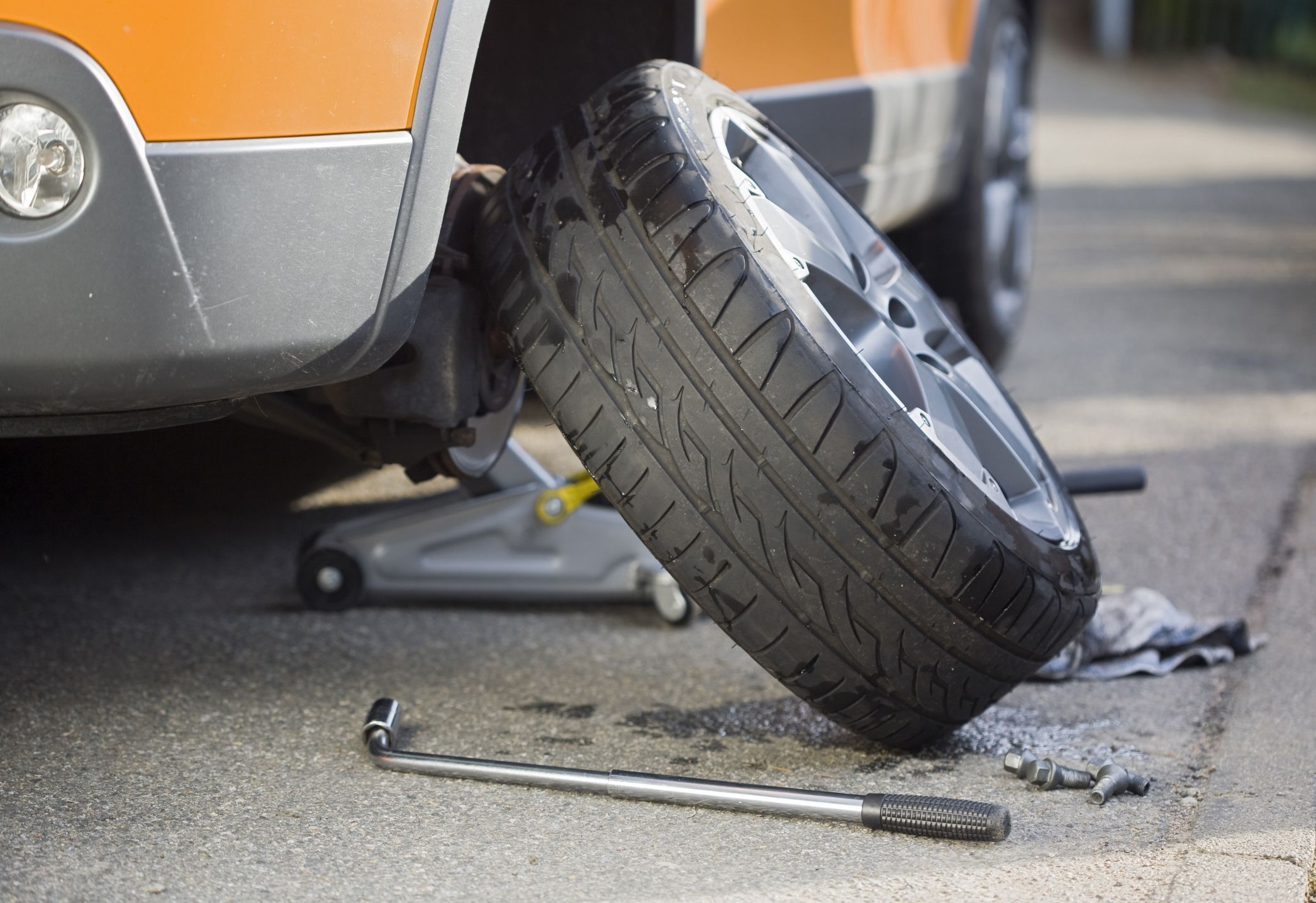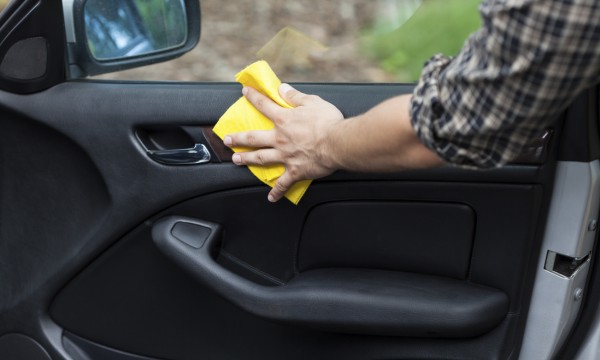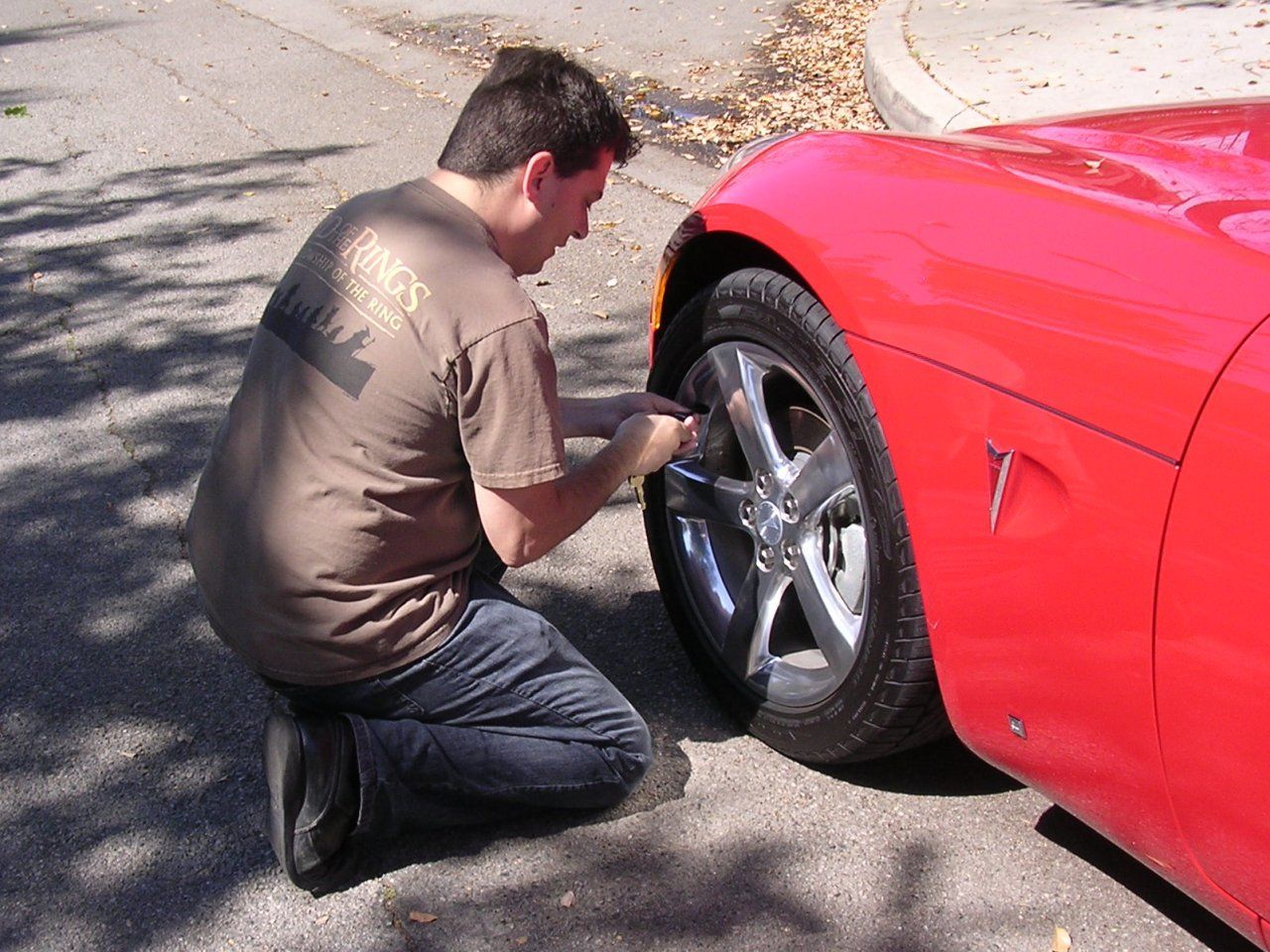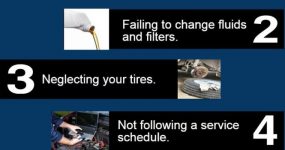So, you want to put beautiful new 19” rims on your car. Or maybe you want to go down to 16” rims for snow tires. You go to the tire shop and the guy there tells you all about something called “Plus Sizing,” which determines what tire size you can put on your new wheels. Here’s what you need to know to keep up with the tire guys.
Going to larger wheels and tires is called "upsizing", while moving to a smaller size is "downsizing." Both have pros and cons associated with them, and the reasons one would upsize are generally different from the reasons to downsize.
Why Upsize?
Upsizing is most often done for looks and performance benefits. Larger wheels are undeniably striking, and there is no more effective way to change the look of a car than by putting larger wheels on it.
As for performance; according to Car And Driver, putting on larger wheels up to 18” will positively affect cornering grip, braking performance, ride comfort and steering feel, while negatively impacting acceleration and fuel economy due to the greater weight of larger wheels. At 19” and beyond, the testers found that the positive effects started to go away, while acceleration and fuel economy got worse.
Why Downsize?
For the most part, downsizing is great for that second set of winter tires. Snow tires tend to become much more expensive at sizes larger than 17”. In addition, the narrower the tire, the more effective it tends to be on snow and ice. So if you have 18” or 19” wheels and want an extra set of wheels for snow tires, it’s often a good idea to go down to 17” or 16” wheels for the winter set, which will give you better winter performance at a lower price.
Overall Diameter Is the Key
(Click here to see the larger graphic.)
Here’s the basic issue: Your speedometer, odometer, traction control, torque and gearing settings are all based on the distance that your tire travels over one complete revolution, which is determined by the outside diameter of the tire-and-wheel assembly.
A tire with a different outside diameter will travel a different distance over that one revolution with a different amount of torque.
So, when changing the diameter of your rims, you must make sure that the new wheel and tire assembly keeps the same overall diameter as the old, or your speedometer will be showing you the wrong speed and your traction control settings will be off. This becomes confusing, because tire sizes are measured by the inside diameter, that is, an R17 tire is sized to fit onto a rim with a 17” outside diameter. The outside diameter of the tire, also known as the standing height is determined by how much sidewall it has, called the aspect height.
Gain an Inch, Lose an Inch:
In order to keep the same outside diameter, when you gain an inch of rim size, say, from 17” to 18”, you must lose an inch in the standing height of the tire, and vice versa. This is why 22”or 24” rims have those low-profile tires that look like thick rubber bands. To determine the proper size requires a bit of math, because the aspect height is expressed in tire sizes as a percentage of the width, a percentage called the aspect ratio.
On a tire that is sized at 225/55/16, for example, the 225 represents the width of the tire in millimeters, which is easy enough to visualize.
The 55, on the other hand, represents the ratio of the width to the height; that is, the aspect ratio is 55% of the 225 mm width, or 123.75 mm.
To get the standing height of the tire, one must multiply the aspect height by two, (for the top and bottom sidewalls) and add the 16” inside diameter of the tire. After converting from millimeters to inches, (25.4 mm to the inch) this yields a standing height of approximately 25.74 inches. Once you have the standing height of the old tire, you must then match it on the new tire.
A Bit of Math
So the math goes like this:
- Multiply the width by the aspect ratio expressed as a decimal. (225 x 0.55 = 123.75)
- Convert the aspect height to inches. (123.75 / 25.4 = 4.87)
- Multiply the aspect height by 2. (4.87 x 2 = 9.74)
- Add the inside diameter of the tire. (16 + 9.74 = 25.74)
- Rinse and repeat for the size of the new tire.
So if I were to upsize to a 17” wheel and keep the width of the tires the same at 225mm, and the aspect ratio the same, the new 225/55/17 tire would have a standing height of 26.74 inches, and my speedometer would be off by more than 2 miles per hour. What I need in order to keep the correct size is a 225/50/17. If I were to also change width, say, from 225 to 245mm, then what I would need is a 245/45/17.
Did I say it was a bit of math? Perhaps it’s just a bit more than a bit. Don’t worry, that’s what computers are for, which is why I use a Tire Size Calculator plug in the old and new tire sizes and an app will give you the difference between them and tell you what the new size will do to your speedometer readings.
In general, you want the tires to have less than 1% difference. Ideally, you want less than 0.5% difference. Or you can just trust your tire professional, but with the added confidence of knowing what the heck they’re talking about. Knowing is, after all, half the battle. Happy driving!
Related posts:
No related posts.






Recent Comments